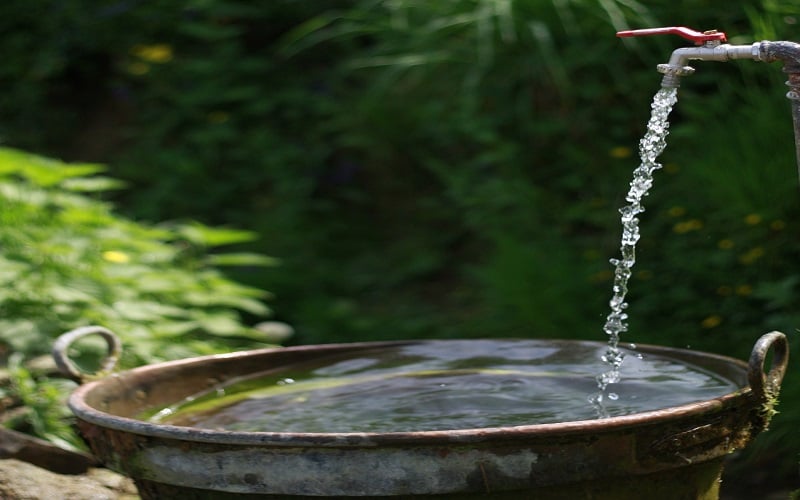
Water sounds pure, but can be nasty stuff. An exciting cocktail of chemicals, pesticides, and bacteria drop into every glass poured. One of the familiar – and most toxic – components is heavy metal. This can lead to many health and safety problems.

What Are Heavy Metals?
‘Heavy’ metals have a high atomic weight. This affects the chemistry of the metal, which influences factors such as electronegativity, ionization energy, and the overall personality of the metal. Some heavy metals are completely harmless, whilst others have the potential to become toxic. In humans, this toxicity is realised in cancers, poisonings, and – according to the journal of toxicology – cardiovascular disease.
Bioaccumulation means that this type of accumulation is ‘chronic’, meaning that it happens gradually and has no cure. The main heavy metals that affect water supplies are lead, cadmium, arsenic, and mercury. Global figures are difficult to pinpoint, but researchers in America were stunned to discover that around 412,000 US deaths per year could be attributed to lead poisoning. Scientists caution that the problem has high prevalence, and low awareness.
What Does The Legislation Say?
In the UK, heavy metals are monitored by the Centre for Ecology and Hydrology (CEH). The CEH is concerned about 23 metals that commonly cause water toxicity. All of these are naturally occurring in earth’s geology, but have become abundant due to polluted land, which creates heavy metal hotspots. Land becomes polluted due to its previous industrial history.
There are strict laws regarding contaminated land, but these do not prevent the legacy of unnatural quantities of heavy metals poisoning the water system. Both the EU and the UK therefore consider tackling water pollution to be a priority.
Do I Need To Worry?
A simple taste test will not identify the presence of heavy metals in water. Heavy metals are known as ‘trace elements’, so they are in water at a molecular rather than an observable level. Bioaccumulation means that these elements build up over time if they are ingested, so they are an invisible threat. As a general rule, older pipes – particularly if they are made of lead – carry the highest risk. Locations with a history of industrial use are very vulnerable to toxic loading. This causes a problem for many industries that require pure water, including medicine and industries with steam boilers.
How Can Heavy Metals Be Removed From A Water Supply?
There are several successful methods of removing heavy metals from water. These include distillation, ion exchange, and reverse osmosis. Activated carbon is also a viable option. All of these methods use chemistry to remove toxic metals from water. However, as chemistry is a particularly lively science, there are some arts to getting it right. For instance, heavy metals can damage the membranes in a reverse osmosis system, requiring an injection of activated carbon. In instances such as kidney dialysis, pharmaceuticals, and the sterilisation of surgical equipment, this is the only reliable solution is a combination of techniques to guarantee success.
Speak To Us
If you require water that is free from the toxic effects of heavy metals, speak to one of our water engineers for our professional recommendation today.
Image source: Pixabay









 We are a specialist independent company involved in water purification and water treatment technologies
We are a specialist independent company involved in water purification and water treatment technologies


